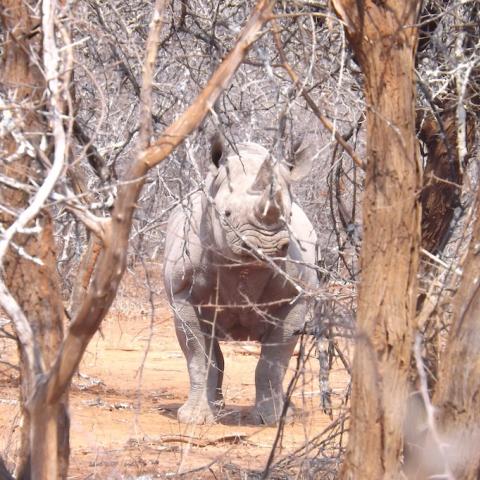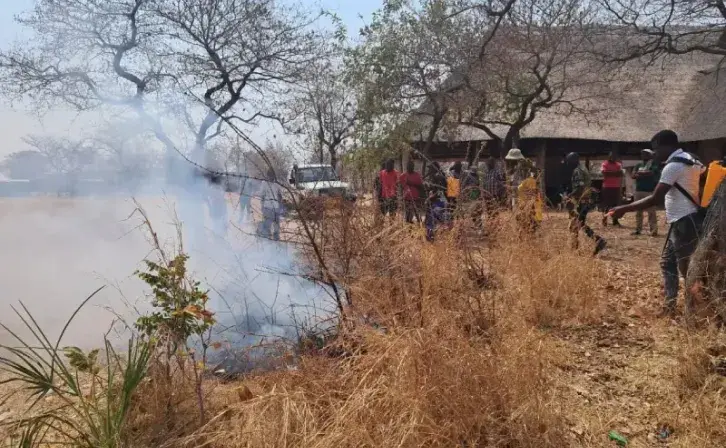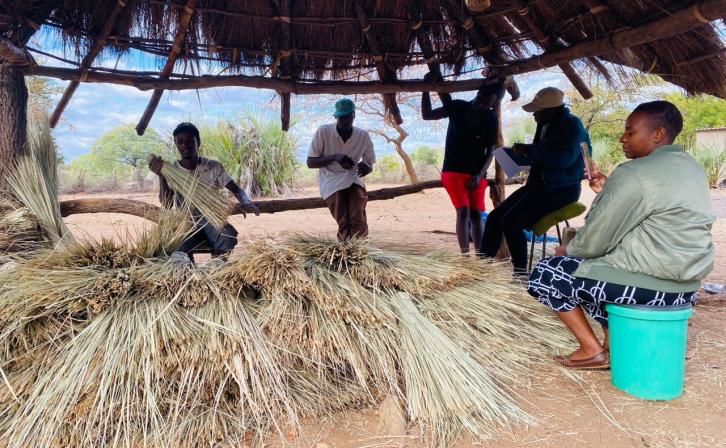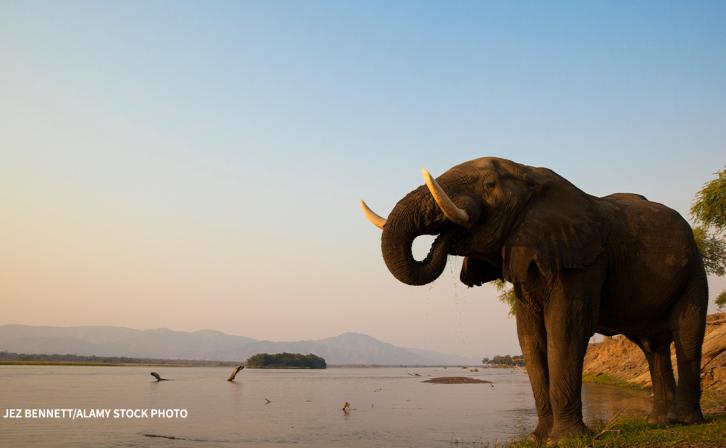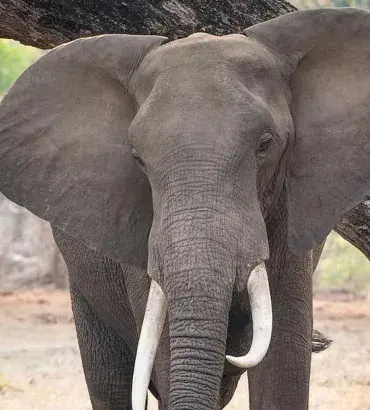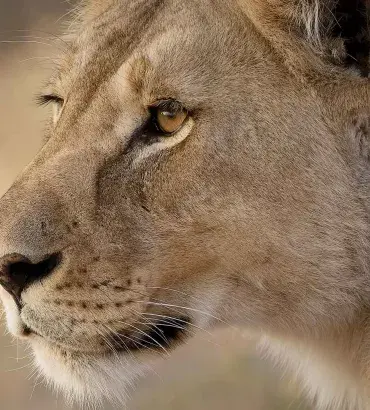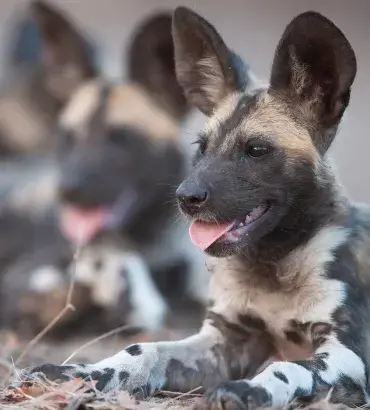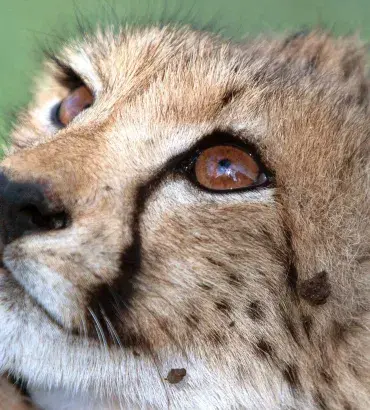Zimbabwe
25 Years of Impact
AWF’s contribution to Zimbabwe’s conservation journey began in 2001. We are proud of our track record of developing innovative ideas and fostering successful collaborations with government, the private sector, and local communities to conserve the country’s wildlife and habitats. The work has set powerful precedents for how government and local communities manage living with wildlife, how neighboring countries share strategies for caring for wildlife, and how leaders in government and business value nature as a part of economic growth for the country. Our legacy includes more resilient communities, more sustainable wildlife populations, and more intact transboundary ecosystems—important groundwork for locally led, long-term conservation success.
AWF's large landscape approach emphasizes conservation of ecological systems defined by factors such as watersheds, wildlife habitat, and migration corridors versus political boundaries. In Zimbabwe, we contributed to conservation efforts across three different transboundary landscapes and six countries: Zimbabwe, Namibia, Botswana, Zambia, Mozambique, and South Africa.
AWF in Action
Unveiling a Biodiversity Economy
At the national level, we highlighted the value of wildlife and wild lands to national economic planning through an economic analysis developed in partnership with the Ministry of the Environment. Released in 2023, the Zimbabwe Biodiversity Economy report revealed that nature, through non-timber forest products, ecotourism, ecosystem services, forestry, and fisheries, contributes approximately US$2 billion annually to the nation’s economy. It has helped to link nature to sustainable value chains that generate investment and economic scale, and it is guiding carbon sequestration valuation in national forestry planning.

Early History
Beginning in the early 2000s, AWF supported the government of Zimbabwe in a game-changing conservation approach that shifted management of wildlife resources from government-led programs to community-led initiatives. Known as CAMPFIRE (Communal Areas Management Programme for Indigenous Resources), the approach has since become a model for other countries. AWF’s role included partnering with rural districts on land use planning to help identify how communities could best negotiate space for people and wildlife to thrive.
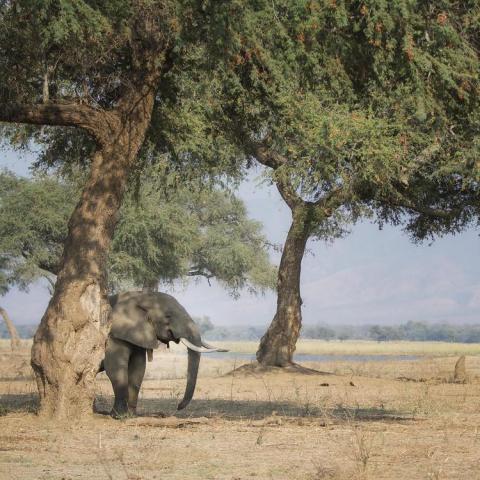
Kazungula Landscape
In the early 2000s, AWF identified Kazungula, a transboundary landscape in western Zimbabwe, Botswana, Namibia, and Zambia. Our work there included researching and mapping wildlife movements, developing tourism and other enterprise models, developing the capacity of local communities, fostering transboundary collaboration, and contributing to species conservation. This work laid the foundation that partners built on to develop the formal KAZA Transboundary Frontier Conservation Area. Today, it is the largest land-based transboundary conservation area in the world, spanning five countries (Angola, Botswana, Namibia, Zambia, and Zimbabwe). Within the conservation area, in 2014-2015, AWF supported the development of a ten-year (2016-2026) management plan to guide wildlife authorities in how to sustainably manage Zimbabwe’s largest national park, Hwange National Park.
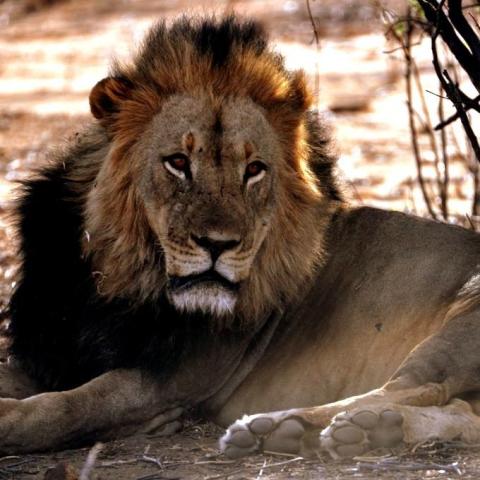
Middle Zambezi Valley Landscape
In northern Zimbabwe, the Middle Zambezi Valley landscape spans Zimbabwe, Zambia, and Mozambique. Here, AWF has left a durable legacy in and around Mana Pools National Park, part of a UNESCO World Heritage protected area and home to a critical elephant population. Our vision of a collaborative landscape-level conservation approach in the Middle Zambezi Valley, begun through convening stakeholders from Mozambique, Zambia, and Zimbabwe in 1999, was formalized with the official signing of an agreement by leaders of the three countries in 2024.
Starting in 2016, and continuing for the next nine years, AWF provided direct technical and financial support to Zimbabwe’s Parks and Wildlife Management Authority (Zimparks) to manage Mana Pools National Park, investing in infrastructure, equipment, wildlife management training, anti-poaching operations, human-wildlife coexistence, and transboundary dialogues with Zambia and Mozambique. Elephant poaching in Mana Pools dropped dramatically from 100 in 2014 to zero by 2020. Transboundary collaborations also included supporting the first-ever Zimbabwe-Zambia joint hippo survey along the Zambezi River in 2022.
Our work with communities surrounding the park included introducing human-wildlife coexistence strategies, sustainable livelihood projects, entrepreneurial training for youth, and improvements in access to fresh water—decreasing human-wildlife competition for this essential resource.

Southeast Lowveld Landscape
Rhinos have been our focus in a third landscape in southeastern Zimbabwe, the Southeast Lowveld landscape (Zimbabwe, Mozambique, and South Africa), where our work in the Savé Valley Conservancy has helped to stabilize the rhino population.
